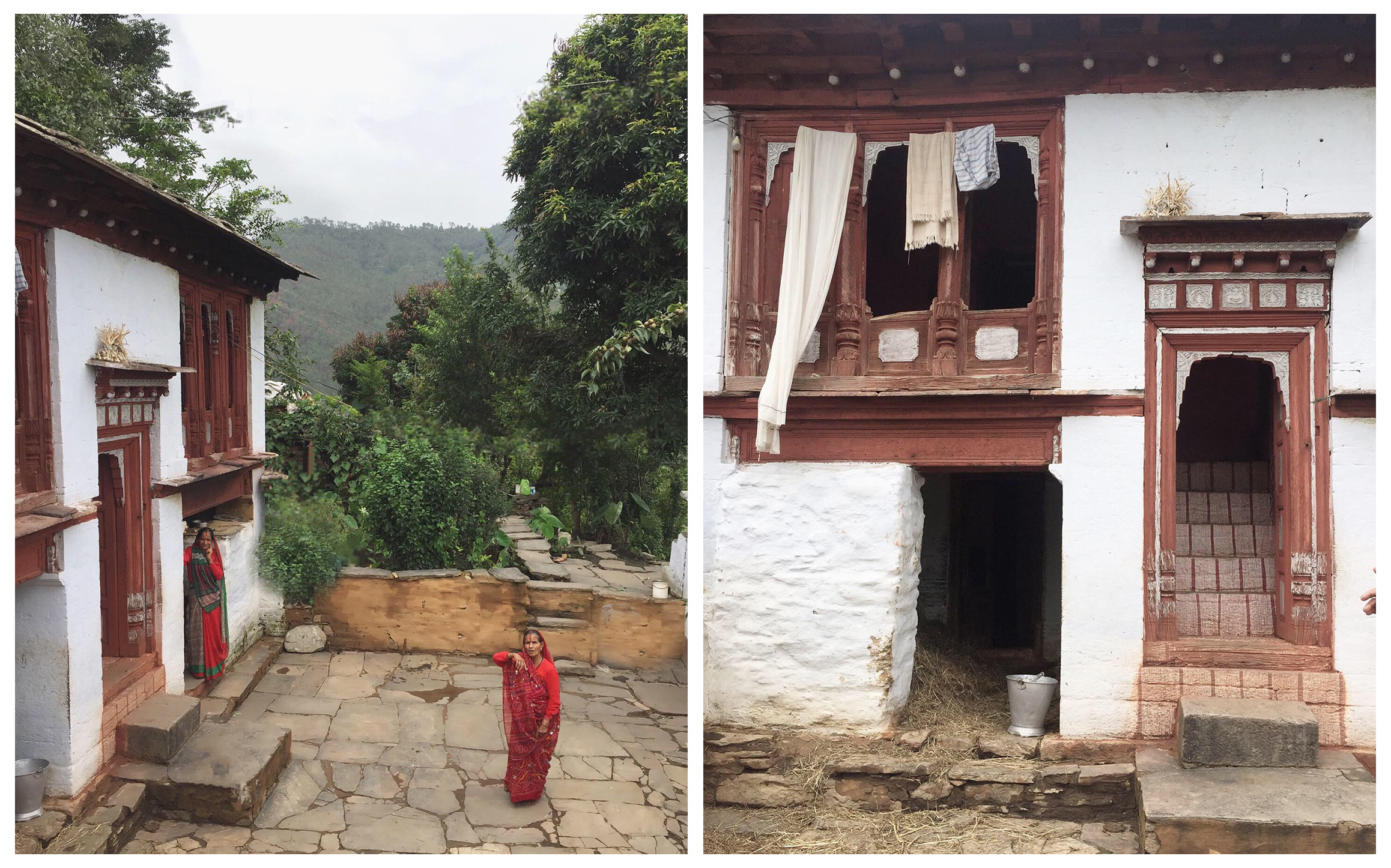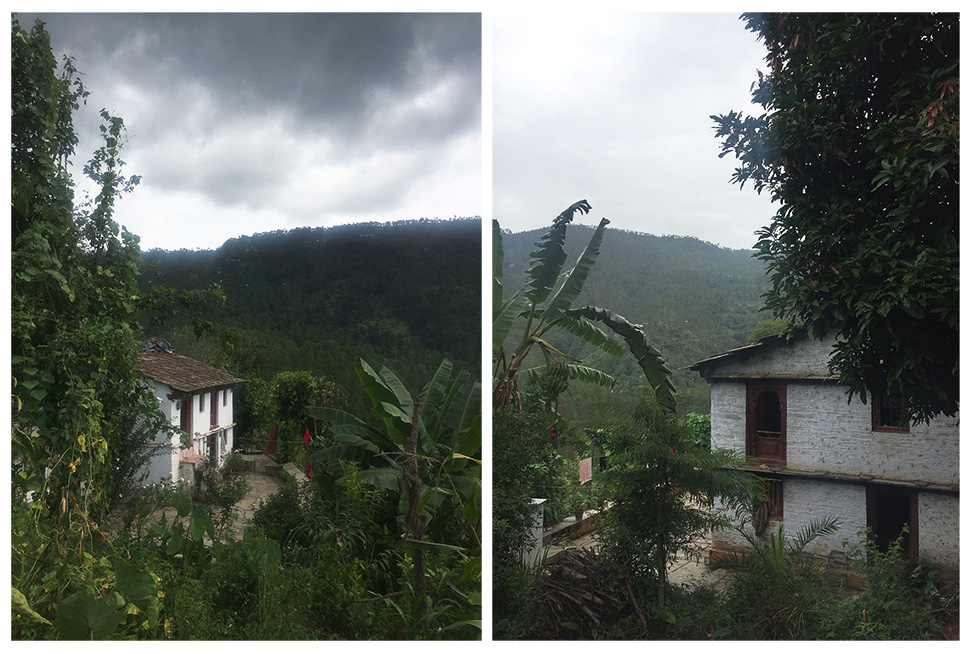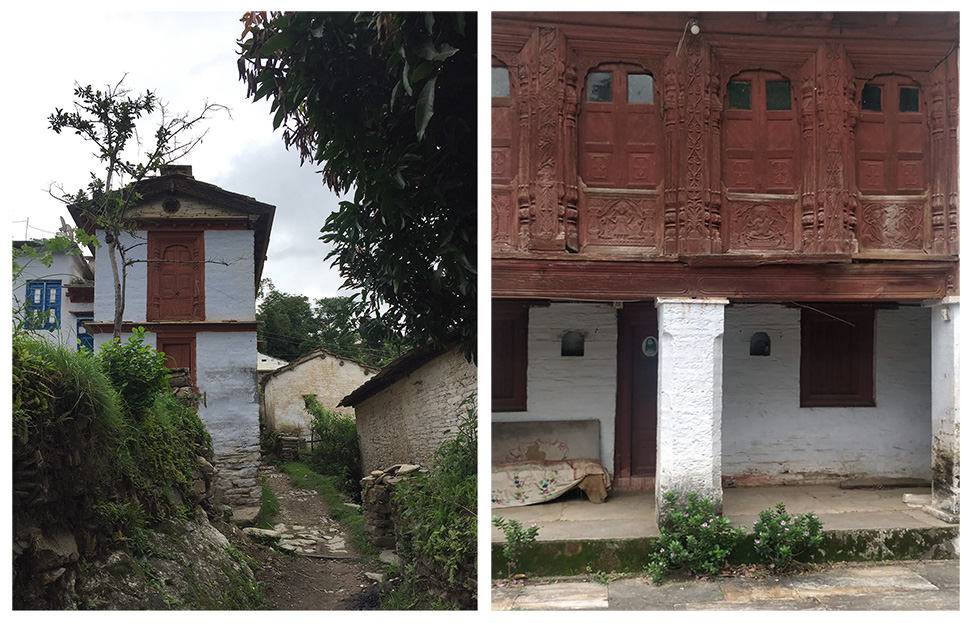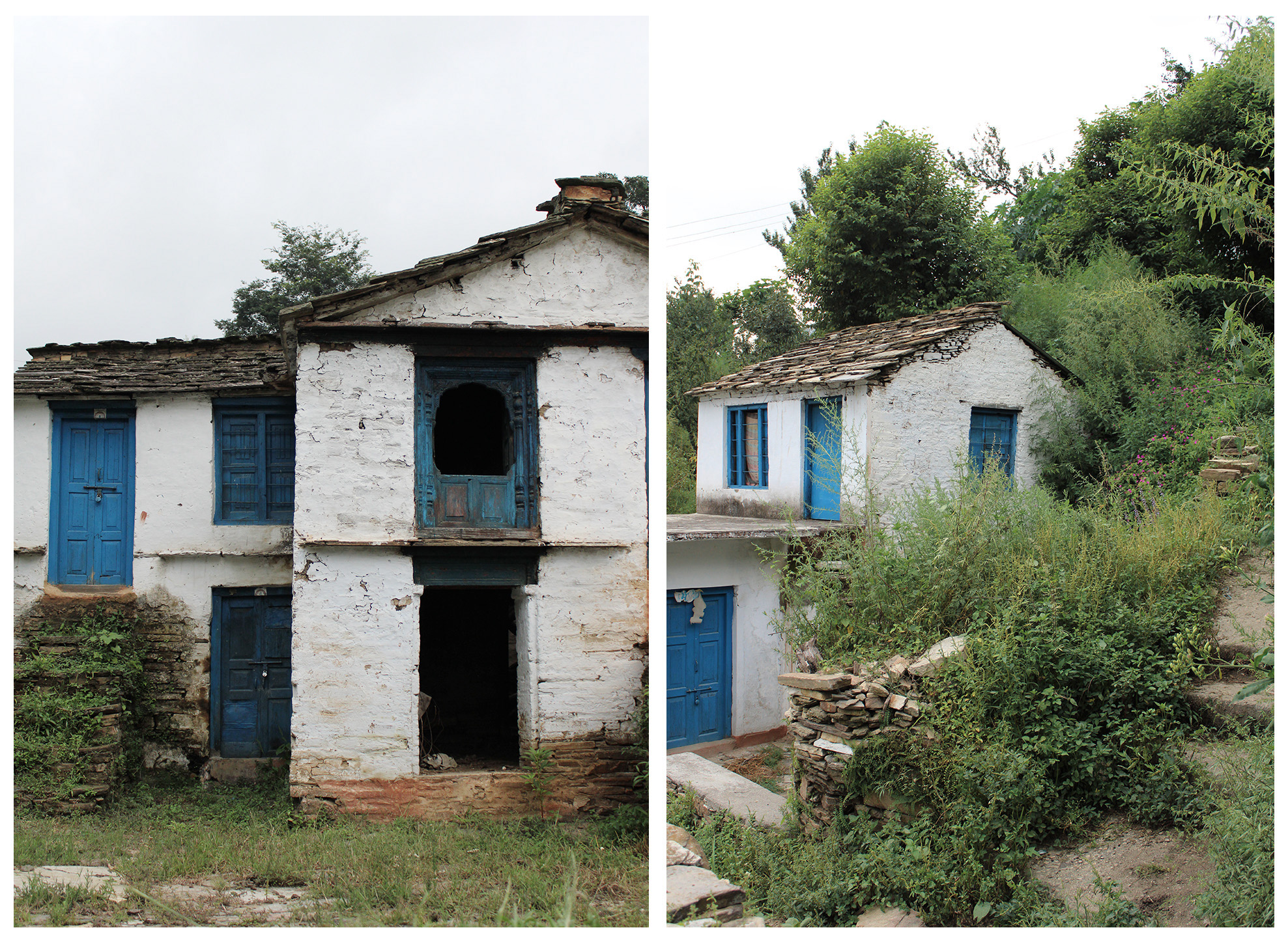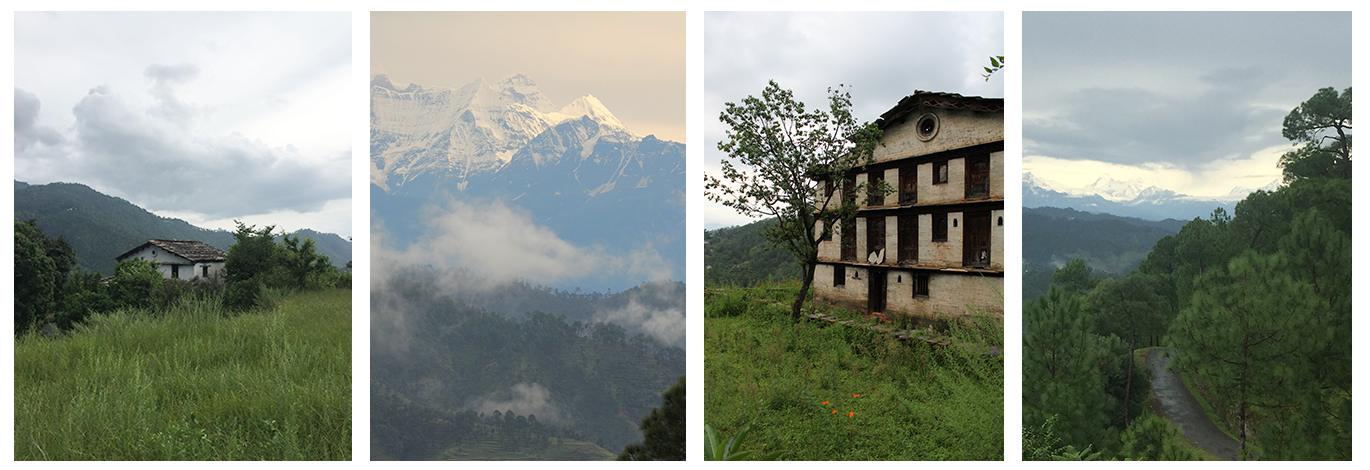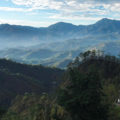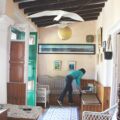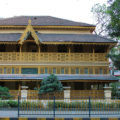Lost Mountain Arts
In the peak of summer, one is always drawn to the cooling, calm embrace of the mountains. Tall pines, grand oak trees lopped by sturdy hill-women and the awe of snow peaks on the horizon. Sometimes, the mountains keep you in their fold a little longer, and you begin to discover the magic and art of its people.
In the mountains, although city amenities have made their space, life moves at a traditional, almost historical pace. Some Kumaoni homes, even today, are built in the customs of the 13th century. “Pattal” or stone roofs, mud walls, bright red “aipan” motifs on thresholds and the most intricately carved bright doors and windows. This is known as “Koti Banal” architecture and art—an earthquake-proof style with native sensibilities and a deep knowledge of local materials and resources.
Mountain living is basic but harsh; and perhaps that is the price one pays for a life more beautifully lived. To break the monotony of daily diligence, the art of “Likhai” was born—paradoxically intricate, simple, awe-inspiring carvings of wooden doors and windows of old Kumaoni homes. It reflects the beauty of its people and their lives—in complete harmony with the natural rhythm of the Himalayas.
Likhai and Koti Banal are now being lost to modern urban migration as the value of slow art depletes in the mountains. The cities continued to draw artisans from the mountains for urban labour until the global Covid pandemic. One can only hope that there is a renewed appreciation and pride in local culture and that this mountain art form is sustained against the rigours of time.